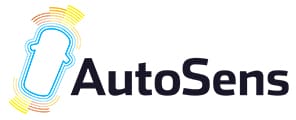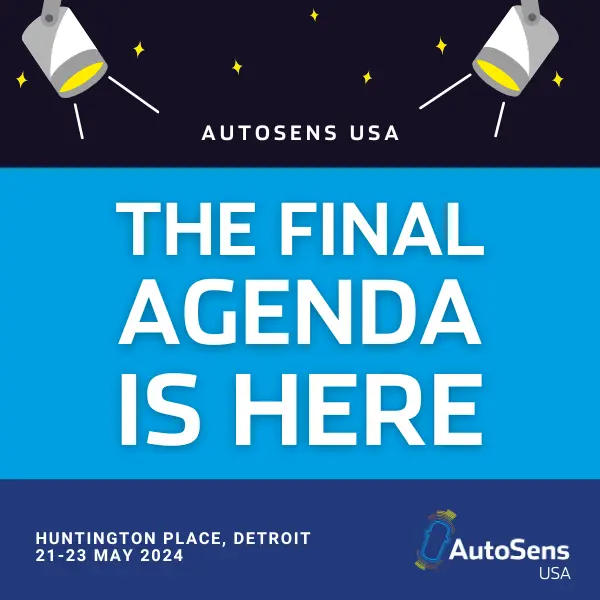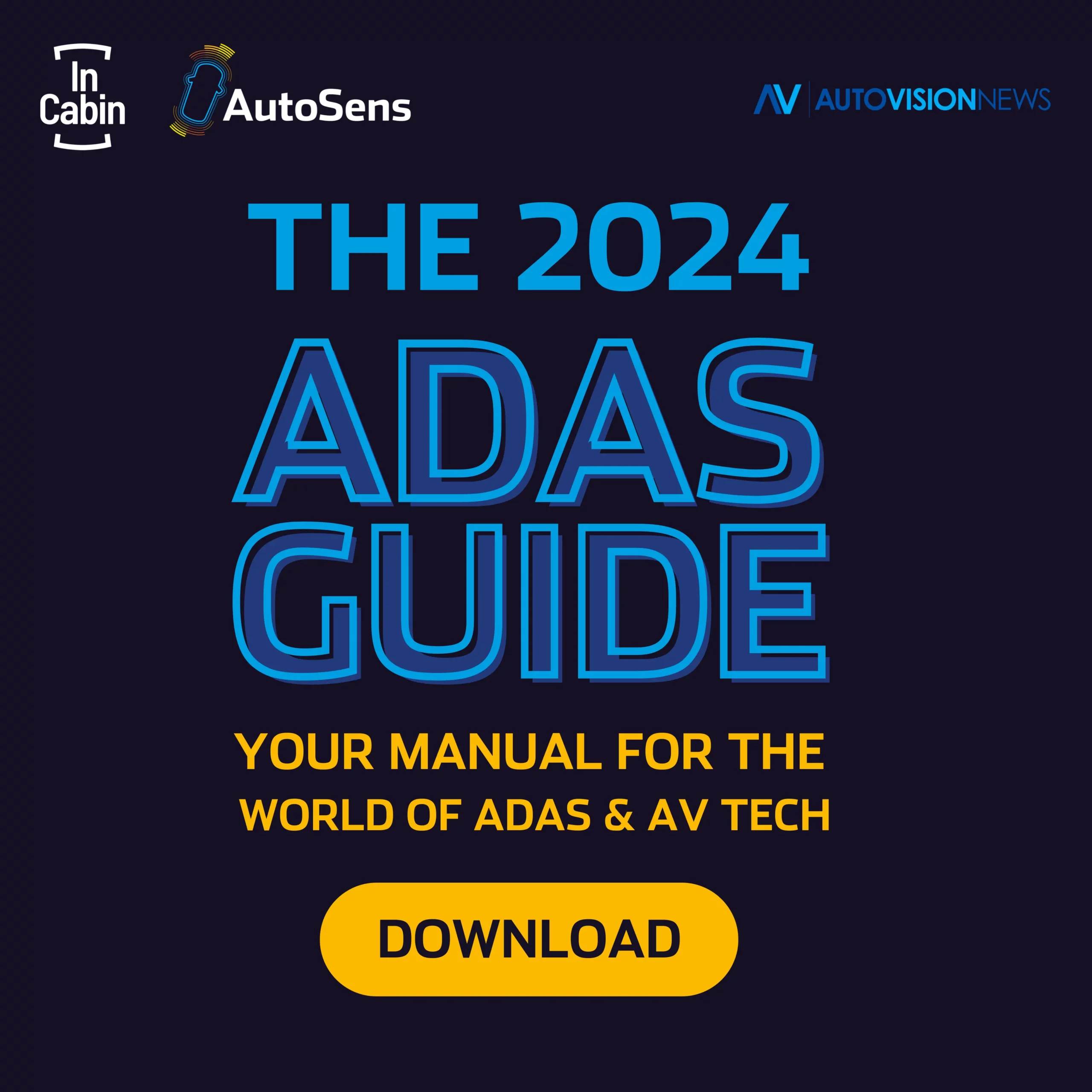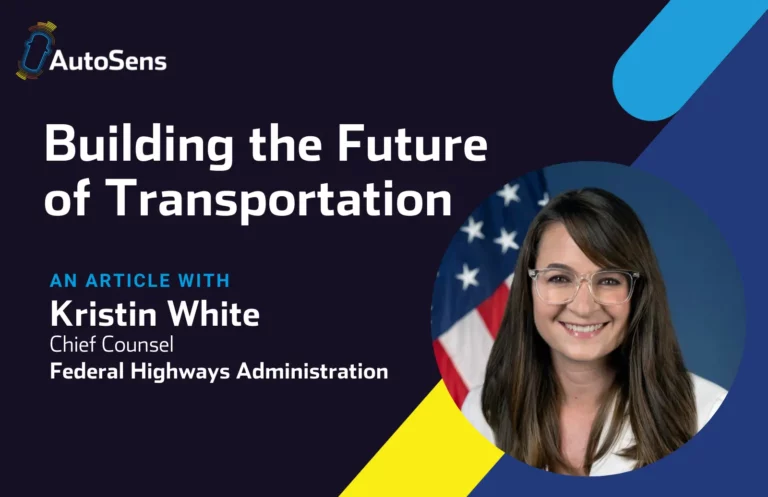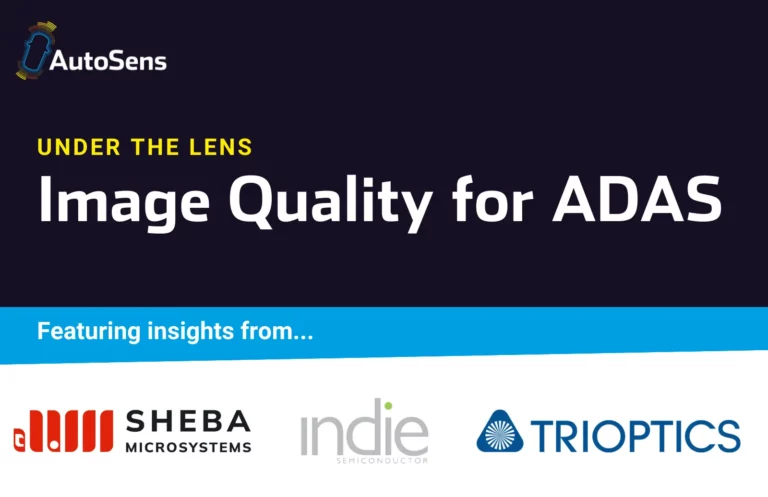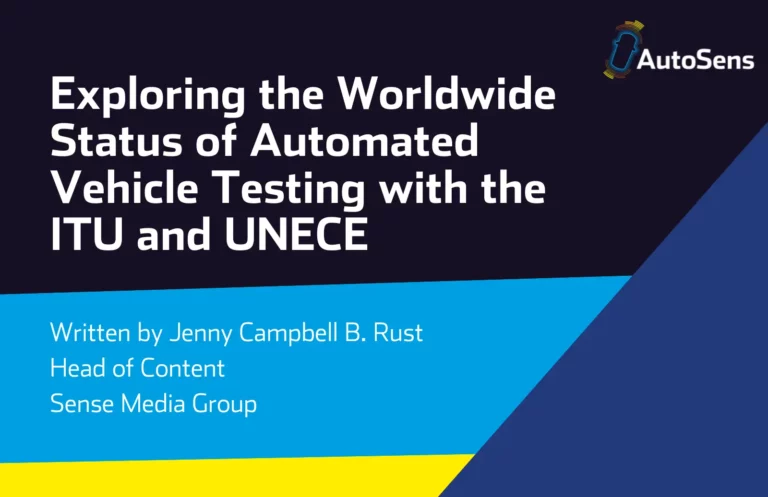
In the past month I have seen that
- ‘drop off and pick up points’
- ‘an overhauled power grid’
- ‘legistaltive modernisation’
- ‘universal 5G connectivity’
- and ‘specialist testing sites’
…are all critical, crucial, vital or nationally important to the creation and adoption of autonomous cars.
Sure, those all make sense, taken in context.
We’ve also heard that road rage, human rights, highway laws, emotionally engaged computers and even sea gulls will create problems on the way to mass adoption too. Heck, I’ve even written about how a lack of skilled technologists is the biggest problem.
Driverless is the New Black
So far, there’s a lot of “this is the new black” to garner attention on the edges of the driverless space, voice opinion and flag up one’s own business, expertise or volume of speech.
Nothing wrong with that, that is the world of content based marketing we now live in, after all.
The simple fact is that these are all issues for all driverless cars, but there’s one key benefit that newer technologies enable, something that manufacturers like Google and Tesla are very good at using, and that is over-the-air updates.
Commercial software giants have been doing this for years (to largely positive effect, unless one of your carefully found power settings is over-written, or your internet connection is accidentally knocked out) but it’s fairly new to car manufacturers.
The great thing about over-the-air is that any one single problem which can be resolved in one place can be instantly uploaded to the fleet, and thus the problem goes away.
Any weird occurrence that’s happened somewhere in a test programme anywhere in the world can be patched, globally, in the next update. As for physical infrastructure, this will change, evolve and adapt over time. No single infrastructure innovation has reached 100% market penetration within a decade of its creation, even in the age of the imminent fourth industrial revolution. I will predict that in 10 years’ time I will not see any benefit in having an IoT device in my bathroom to re-order shower-gel. Sorry Amazon, while I’ve been a regular customer for nearly 20 years, I won’t be buying a Dash just yet. But I am happy to admit I will change my mind when I’m ready.

I will happily accept, however, that either my car, or the fleet car or transport pod I might subscribe to will be equipped with over-the-air updates to understand the latest algorithms to reflect future law changes that automatically report pedestrians for jay-walking, or sea gulls for ‘loitering with intent’.
Testing times
What all that means is that any changes which are temporary, such as on-road situations, can be fixed quickly (within days, weeks or months), but driverless cars will be held back by physical infrastructure.
It just takes too long and costs too much to do anything new which has its roots in the physical world. But why should it matter?
Tesla have given us a devolved power grid (mail order, attach to your home, power for your car on tap at no cost). Uber have given us devolved ride-hailing, and a multitude of companies are working on bringing these two ideas together in the form of mobility as a service.
Let’s not forget that community buses and public transport have been doing this for decades already, and are usually run at a loss. So why is everyone clambering for a much smaller piece of a much smaller pie, upsetting established commercial models and valuations to accelerate towards selling fewer products?
Change is exciting, progress is good, society will improve, but what will the commercial model be?
In truth, nobody really knows – we are all just making assumptions how this will look in 50 years’ time, by which time we will either be right or wrong, without influencing anything beyond what human nature will dictate for us.
Change the world
In my mind, whatever the commercial motivation for involving yourself in the industry, and typically that’s because you are trained, experienced, interested, stimulated, valued and of course, paid – there’s a greater target: eliminating road deaths.
This is the one, the only, the first and the last consideration that you should have when you get out of bed and go to work in this industry. Society will thank you for it, but only after we achieve it. Funding priorities, for those asking for grants or subsidies, or even from research funding in many organisation, are focused on priorities and scopes which are business orientated, for creating jobs – that’s not the same.
At AutoSens we do share that same goal – reducing road fatalities via improving current ADAS systems, and developing future technologies for autonomous vehicles. It is a long road. We talk about attending conferences, workshops, networking and communicating problems and solutions – that’s our business – but our values are rightly more holistic.
If you can’t attend one of our events in Detroit or Belgium, go to others – but make sure you’re going for the right reasons, and I hope you’re going to remember this message.
Only by working together as an industry community, sharing challenges, establishing standards and building collaborations can we achieve this goal, and we would encourage you to join our community, our outreach and development initiatives, and work to remember that you have the power, as a community, to make a huge difference to the world.
